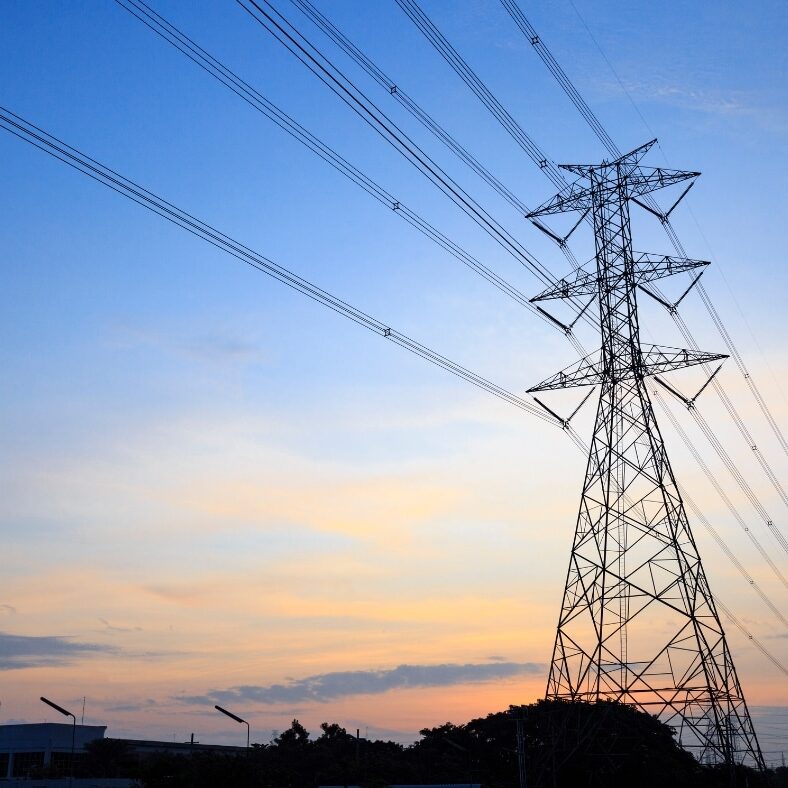The Top 5 Trends Shaping the Utility Industry

The utility industry is undergoing significant transformations driven by technological advancements, changing consumer preferences, and evolving regulatory landscapes. Here are the top five trends shaping the utility industry today:
- Grid Modernization and Smart Grids: Utilities are embracing grid modernization initiatives to improve efficiency, reliability, and resilience. Smart grids integrate advanced technologies such as sensors, smart meters, and data analytics to enable real-time monitoring, automated responses, and optimized energy distribution. This trend enhances grid flexibility, facilitates the integration of renewable energy sources, and empowers consumers with better energy management tools.
- Renewable Energy Integration: The rapid growth of renewable energy, including solar and wind power, is reshaping the utility industry. Utilities are focusing on integrating higher levels of clean energy into the grid while maintaining stability and managing intermittent generation. This involves implementing energy storage solutions, grid flexibility mechanisms, and advanced forecasting and control systems to optimize the integration of renewable resources.
- Electrification of Transportation: The rise of electric vehicles (EVs) is driving the need for infrastructure development and collaboration between utilities and transportation sectors. Utilities are deploying EV charging infrastructure and developing innovative charging solutions to support the growing demand for electric mobility. This trend also includes vehicle-to-grid (V2G) technology, enabling EVs to supply power back to the grid during peak demand periods.
- Customer-Centric Approach: Utilities are shifting toward a more customer-centric model, focusing on personalized experiences, enhanced engagement, and energy efficiency. With advanced metering and data analytics, utilities can provide consumers with real-time energy usage information, demand response programs, and tailored energy-saving recommendations. This trend aims to empower customers, improve customer satisfaction, and encourage energy conservation.
- Distributed Energy Resources (DERs) and Microgrids: The proliferation of DERs, such as rooftop solar panels, energy storage systems, and small-scale wind turbines, is driving the growth of decentralized energy systems and microgrids. Utilities are adapting to accommodate and integrate DERs into their infrastructure, enabling bidirectional energy flows and facilitating customer participation in local energy markets. Microgrids provide localized power generation and improved resiliency, particularly in areas prone to outages or with limited grid access.
Modernizing the Grid
Utilities are taking significant strides in modernizing the grid, bringing about numerous positive changes. Smart grids empower consumers with better energy management tools and make room for renewable energy integration, thus paving the way for a more sustainable future.
The rapid growth of renewable energy sources is also transforming the utility industry. By implementing energy storage solutions and advanced forecasting systems, utilities are successfully integrating clean energy into the grid while maintaining stability. Vehicle-to-grid technology supports the growing demand for electric mobility and contributes to grid stability during peak demand periods.
The shift to a more customer-centric approach provides personalized experiences by presenting real-time energy usage information and tailored energy-saving recommendations, empowering consumers, and improving customer satisfaction.
It is important to note that these trends may vary in significance and adoption depending on regional and regulatory context. Nonetheless, these trends collectively reflect the ongoing transformation of the utility industry toward a more sustainable, efficient, and customer focused future.

